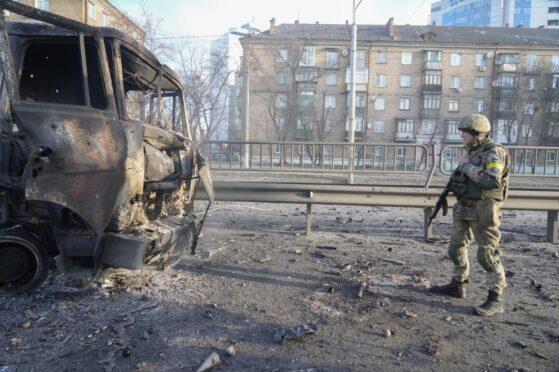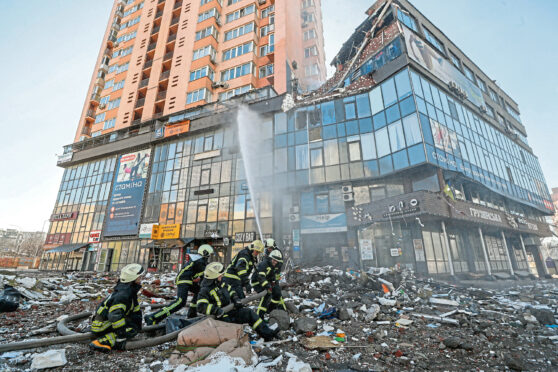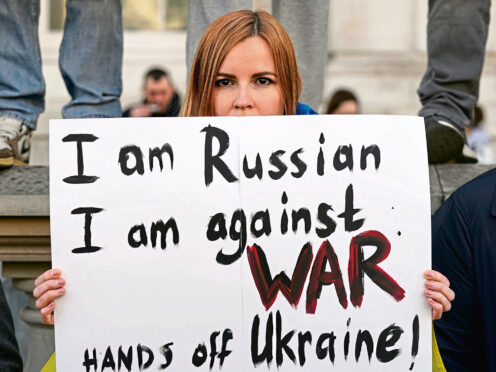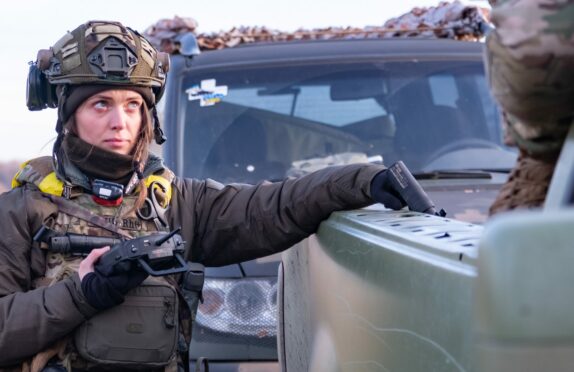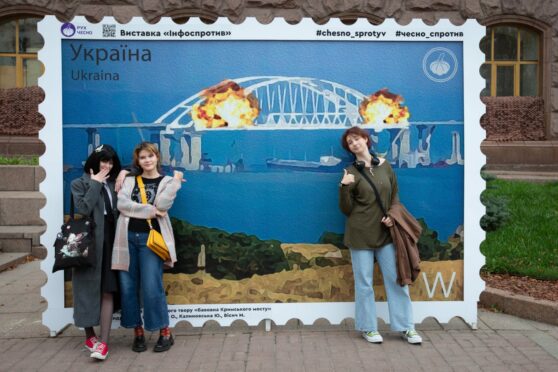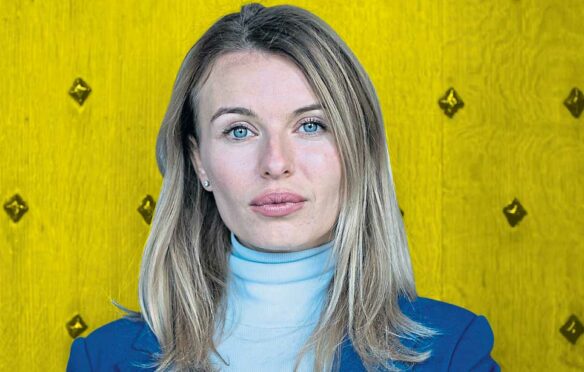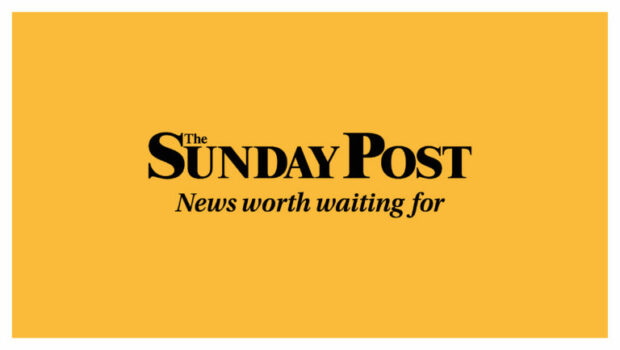
Imran Khan stepped off his plane in Moscow on Thursday morning to visit Vladimir Putin just as the Russian president was unleashing hell.
“What a time I have come,” the prime minister of Pakistan breathlessly exclaimed to officials on the runway. “So much excitement.”
Excitement? Or a dreadful dismay and a deepening despair as Europe woke to war and the 44 million people of Ukraine, just a few thousand miles from here, found themselves under attack for the crime of looking west instead of east.
After two years of deploying tortuous war metaphors to describe our battle against a virus, Putin took a few hours to remind us what the real thing looks like: heartbreaking and chilling in equal measure.
The Russian president might, as an unguarded defence minister Ben Wallace averred, have gone “full tonto” or he might just want us to think he has, but, whatever Putin thinks he is doing, it is beyond the pale. He is apparently eager to secure his place in the history books and, sadly for him, last week will ensure he has one, lined in black and soaked in blood.
His 1984 double-speak may fool some of his people some of the time but the rest of the world knows Russian tanks rolling across international borders are not keeping the peace but waging a needless, unconscionable war. It is awful and seeing children seeking shelter underground, their ashen faces covered by masks protecting them from an invisible enemy while shells fell from the skies above them, was as grim as it gets.
Wallace is not alone in suggesting Putin is addled, that he has spent lockdown poring over maps of Ukraine and working himself into a demented lather, fervently planning to redraw Europe and unleash the Russian bear. We must look closer to home, however, to understand why he felt able to countenance this war, why he so clearly believes the West is riven, weak and unable to respond to his kind of blank-eyed brutalism. It is because the West, for decades now, has given him no reason to doubt it.
There were many opportunities to stand up to Putin but all are in the distant past. So too is the chance to effectively engage diplomatically and offer more sincere and effective reassurance to Russia, understandably concerned as Nato edged closer to its borders.
The West failed to respond with strength and unity to any number of provocations and today, as Ukraine burns, the European Union remains divided as those countries most dependent on Russian energy edge from the harshest sanctions; Joe Biden in Washington offers prayers but not much more; while our own Prime Minister, whose party coffers are awash with the millions of Russian oligarchs, was mayor of London when gangster kleptocrats were allowed to buy his city.
In fairness, like a stopped clock, Boris Johnson was right last week, Putin’s barbarism must end in failure but that will depend on the West, the leaders and the led, showing absolute strength and unwavering unity.
Crushing sanctions on Russia will, one way or another, inflict a price here as well as there but we should bear that price. We must stand shoulder to shoulder with our allies and four-square behind the people of Ukraine.
We must because, whatever Putin is doing in Ukraine today and whatever he is plotting for tomorrow, it cannot stand.

Enjoy the convenience of having The Sunday Post delivered as a digital ePaper straight to your smartphone, tablet or computer.
Subscribe for only £5.49 a month and enjoy all the benefits of the printed paper as a digital replica.
Subscribe